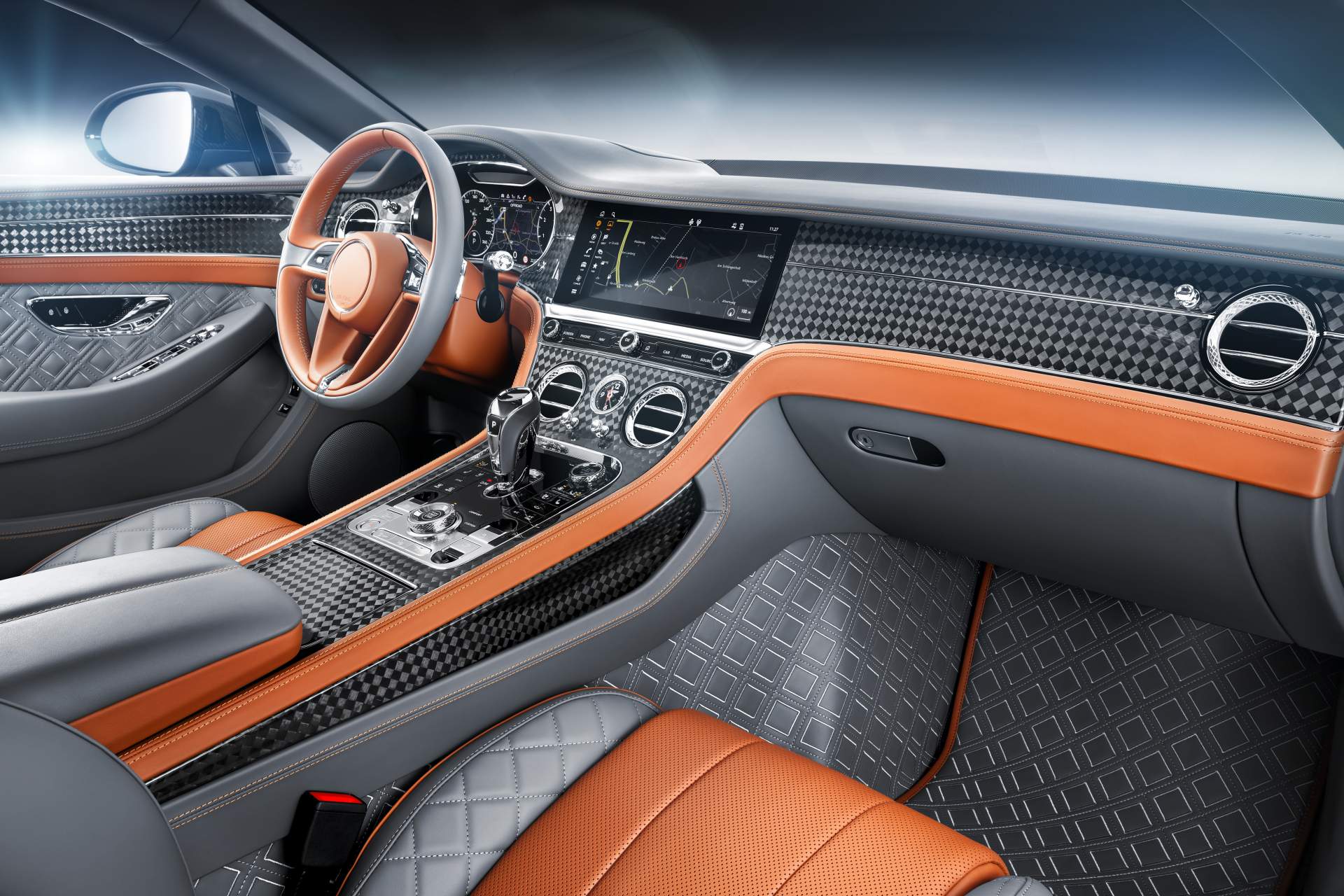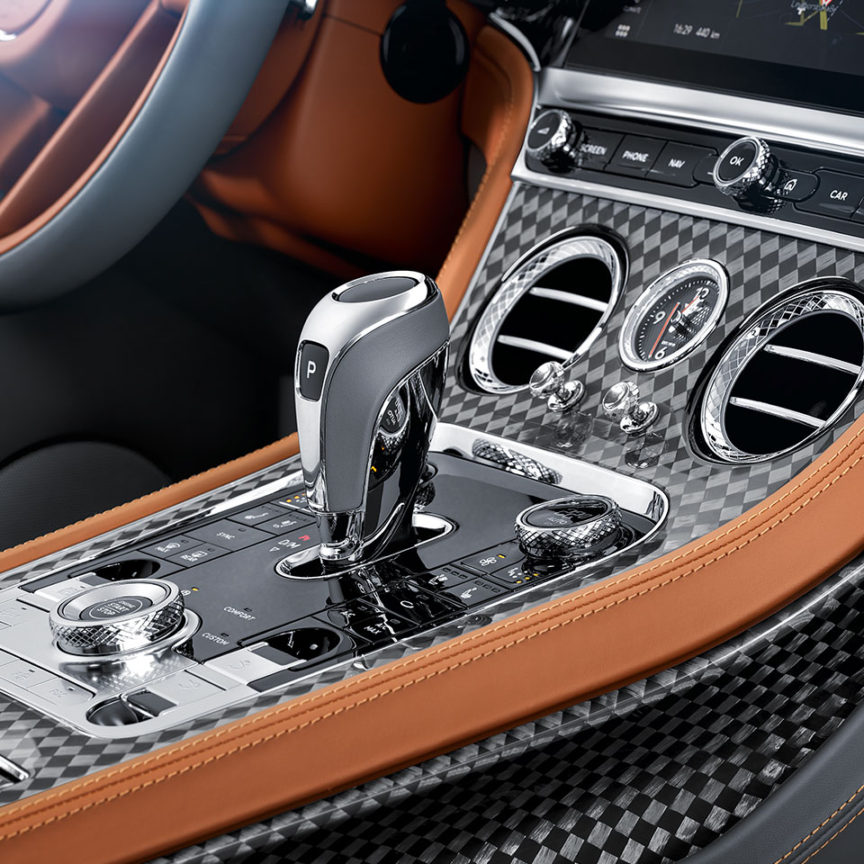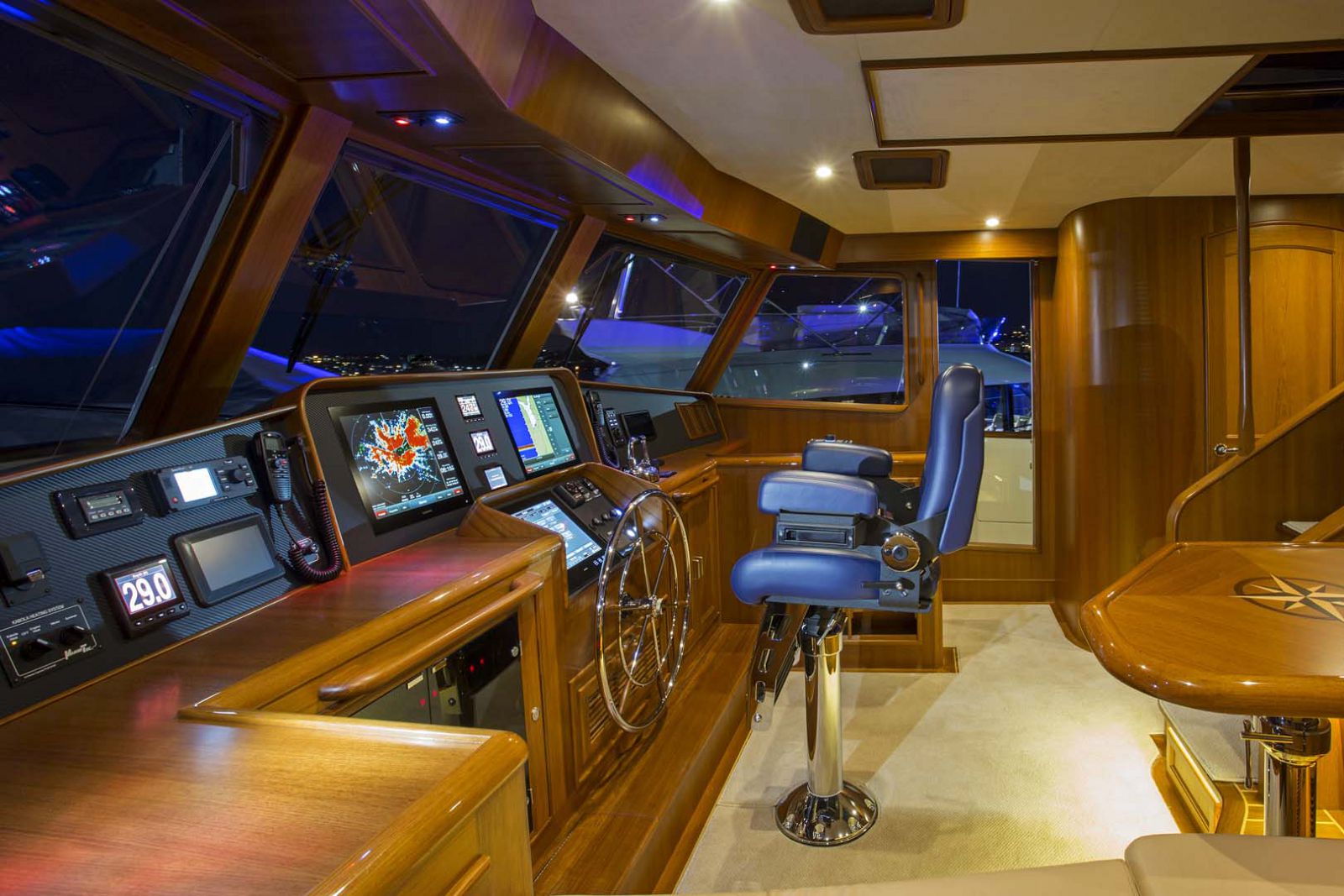Leatherneck
Senior Member
- Joined
- Sep 10, 2019
- Messages
- 213
- Location
- USA
- Vessel Name
- Devil Dog
- Vessel Make
- 1987 Jefferson 42 Sundeck
I've been looking at Taiwanese trawlers 1987 or so vintage and they all seem to have some signs of water intrusion - usually under portholes. I looked at a Marine Trader today and the owner mentioned that the bulkheads in the forward cabin were a photo laminate rather than veneered. Is this common in the Taiwanese trawlers or limited to certain models? I'm also looking at some Jefferson's and was wondering if they also used laminated bulkheads? Not sure how to tell the difference with being destructive. I was considering light sanding and refinishing if veneer but can't do that with the laminated ones. Any information on this?




